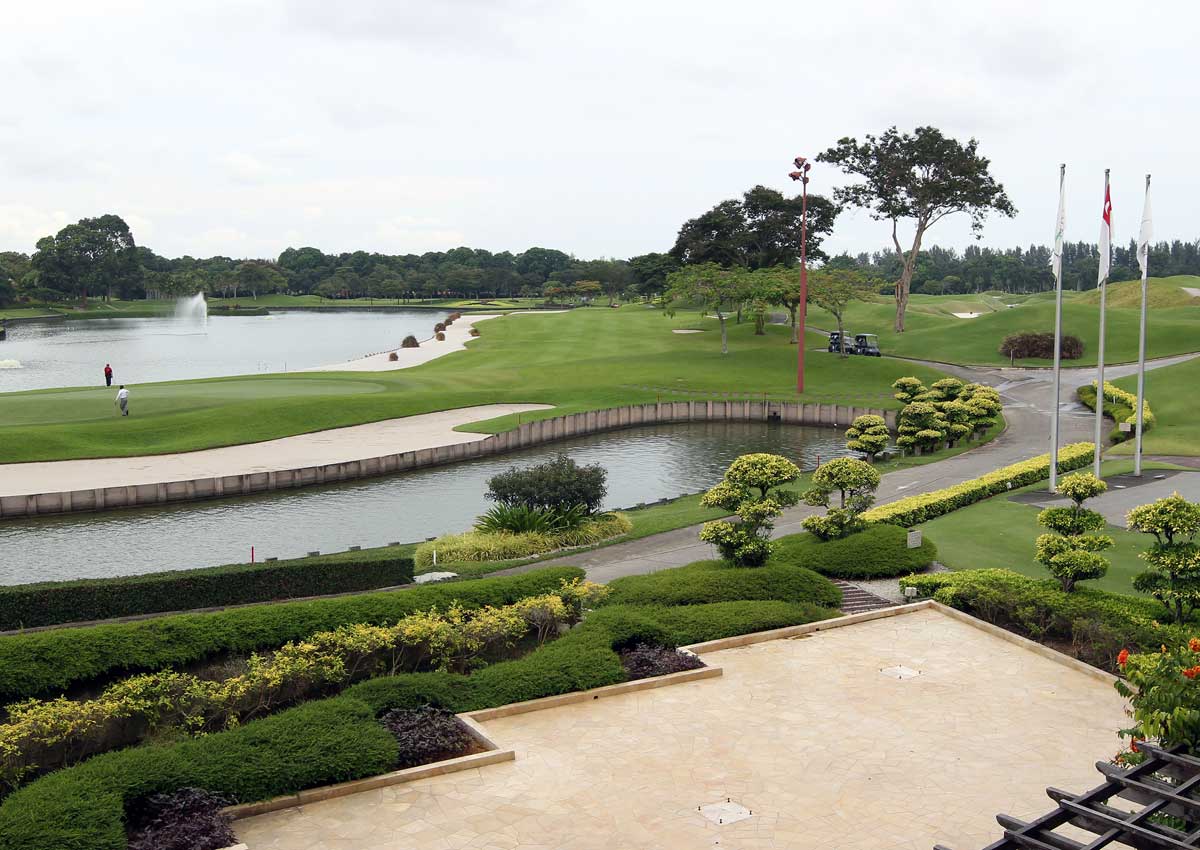Country club memberships could soon become an obsolete aspiration, their charm waning among the under-35s.
This set is fragmented in their interests, and less enamoured by country clubs – networking havens where an exclusive who’s who socialised over golf.
Club brokers and pundits say that compared with their heyday in the 1980s and 1990s, many of these memberships are worth only a fraction of their original prices.
The Straits Times polled 30 Singaporeans aged 19 to 60 about their attitudes towards club memberships. Most found them unsexy or, if they had them, said they are under-used or kept as heirlooms.
Membership brokerFion Phua, of Tee Up Marketing, said: “Thirty years ago, people joined to do business; 20 years ago, they saw club memberships as investments; 10 years ago, they bought to pass them to their grandchildren. Now, buyers are end-users; they don’t buy for investment.”
Potential joiners – generally businessmen, professionals or executives – might already have condominium facilities that are today more comprehensive than 20 years ago.
They prefer purpose-driven memberships, such as those at yoga or fitness centres.
Their disposable income is also going towards unique experiences, such as travel.
Hybrid condo-and-club concepts, too, are new options.
Gem Residences in Toa Payoh is one example. The leasehold property offers 24-hour concierge service and privileges at Horizon Hills Golf and Country Club in Iskandar Malaysia.
Some Singaporeans prefer club memberships in Johor Baru altogether, joining Palm Resort, Tanjong Puteri Golf Resort and Starhill Golf and Country Club there.
These are about $3,000 on average – compared with a range of $9,000 to about $200,000 here.
“The younger generation cannot afford a country club membership,” notes Ms Phua, who has seen prices fluctuate since she started brokering in the 1980s. “Their priority is to save money to buy a house or car.”
Today’s club stalwarts are mainly over 50. Housewife Su Wan Ru, 51, has been at Singapore Island Country Club (SICC) since 1997.
With memberships there costing around $175,000, she said young people are unlikely to have them, “unless by virtue of their parents”.
With her children now 16 and 24, the whole family goes to the club less frequently.
Her son and daughter find that golf takes too long. “They find that boring and prefer things like video games,” she said.
Mr John Tan, 60 and retired, held five memberships in the 1990s. He now keeps only one, at Keppel Club.
He reckons country club culture, social bubbles where people go to “associate themselves and their children with businessmen and politicians”, is passe.
Professor of marketing Srinivas K. Reddy at the Singapore Management University’s Lee Kong Chian School of Business said millennials do not associate quality of life with status symbols.
A smaller segment of them hanker after snob appeal compared with babyboomers, but generally: “Millennials don’t want to look elitist.”
Prof Srinivas, whose areas of expertise include luxury marketing, added: “For the more mature generation, belonging in country clubs includes the intangible benefit of prestige – status – associated with it. Young people don’t want that prestige as much.”
Those with existing memberships persist because of parents.
Ms Mabel Lee, 28, content producer of parenting and lifestyle blog AmazinglyStill, felt obliged to convert her junior membership at the Chinese Swimming Club to an adult one.
“I actually thought of selling my membership because I didn’t want to make the monthly payments, but my dad persuaded me not to.”
Clubs are trying to keep up with cultural shifts with makeovers.
Laguna National Golf And Country Club is engaged in a multimillion-dollar conversion into a golf resort, in partnership with Bangkok’s luxury hotel and resort group Dusit Thani.
The two-year undertaking began in January, and is due for a soft launch in September next year.
Mr Patrick Bowers, CEO of Laguna Hospitality, said: “We are actively trying to move towards members aged 30 to 50… those who are building their careers.”
When completed, it will have 200 hotel rooms and suites, as well as eight villas, along with family-friendly services such as classes for chocolate-making, martial arts and Chinese calligraphy painting.
Laguna is planning to woo young professionals too.
“With Singapore seeing a trend in start-ups, young entrepreneurs and existing sales professionals who need to entertain clients during the week, we want to attract more from these groups,” said Mr Bowers.
Other clubs have introduced monthly payments, or reduced or dropped hefty transfer fees.
Singapore Swimming Club, for the first time, last year launched a $14,000 Ordinary Membership (Family) promotion, which is running until Jan 31, 2017.
New members pay $5,000 upfront, and the rest in instalments over 24 months.
cfelicia@sph.com.sg
trinak@sph.com.sg

This article was first published on June 6, 2016.
Get a copy of The Straits Times or go to straitstimes.com for more stories.






